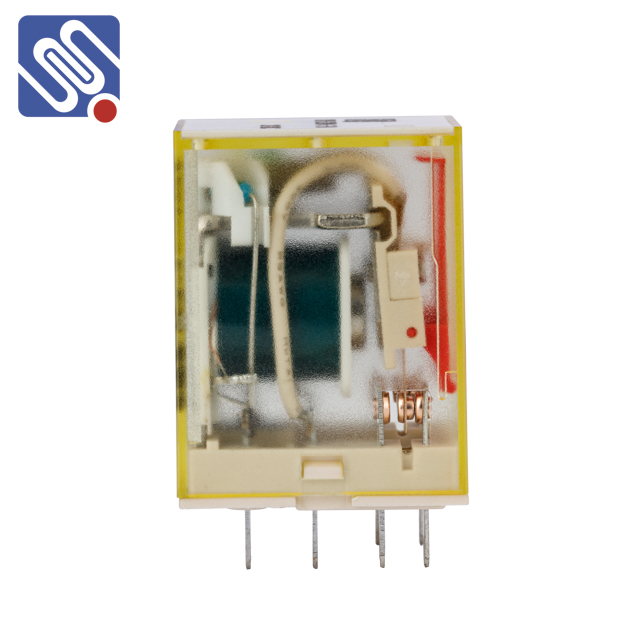understanding industrial relays: the backbone of automation systems
Release time:2025-05-08 10:15:35
Industrial relays are essential components in the world of automation and electrical systems. These small yet powerful devices play a crucial role in controlling high-voltage circuits with a low-voltage signal. As automation becomes more widespread in industries such as manufacturing, energy, and telecommunications, the importance of industrial relays continues to grow. In this article, we will explore what industrial relays are, how they function, their types, and their applications in various industries.

What is an Industrial Relay?
An industrial relay is an electrically operated switch that allows for the control of a high-power circuit with a low-power signal. The basic function of a relay is to open or close contacts in an electrical circuit, enabling or disabling the flow of electricity. Relays are commonly used in automation systems where controlling large amounts of power is necessary but a low-level signal is more efficient or practical.
The relay consists of an electromagnet, a set of contacts, and a spring mechanism. When current flows through the electromagnet, it generates a magnetic field that causes the contacts to either open or close, depending on the design. This allows the relay to control a large current or voltage with a much smaller signal.


